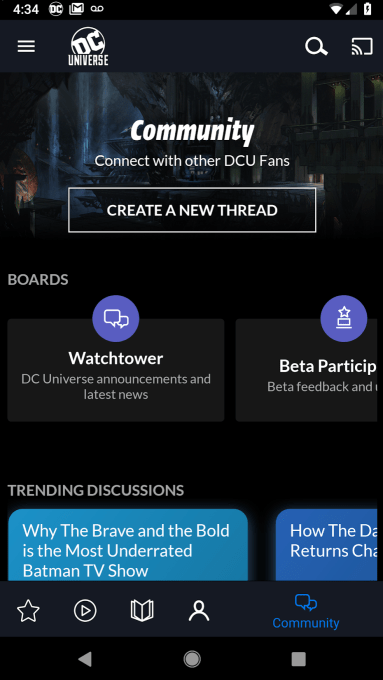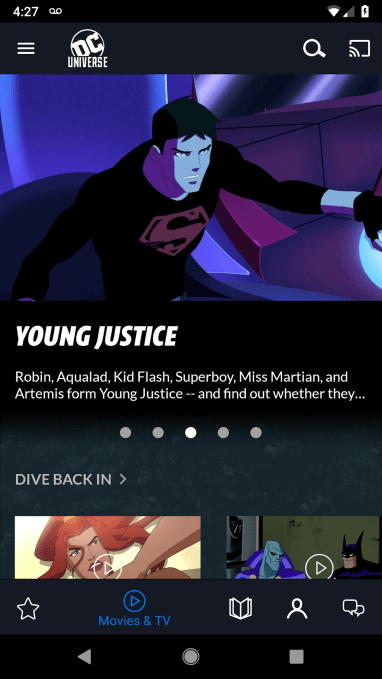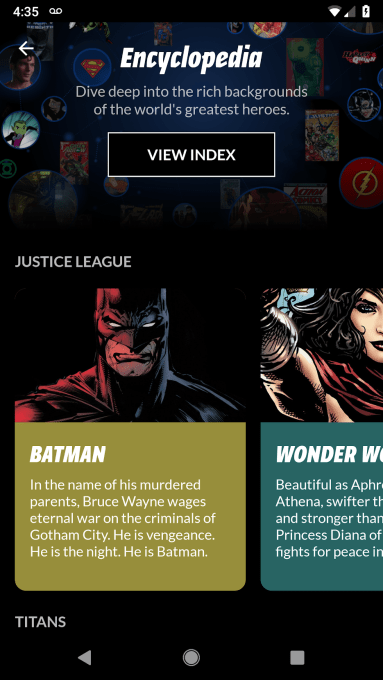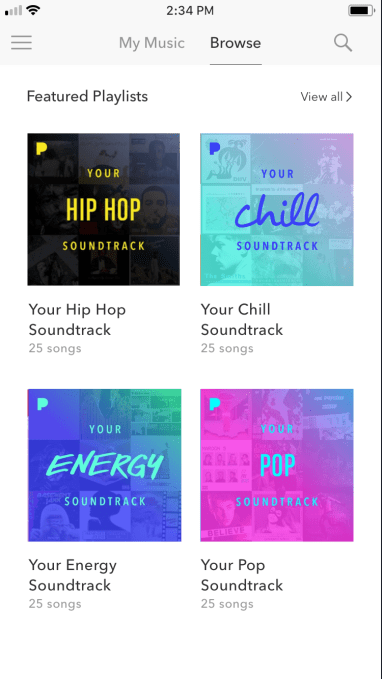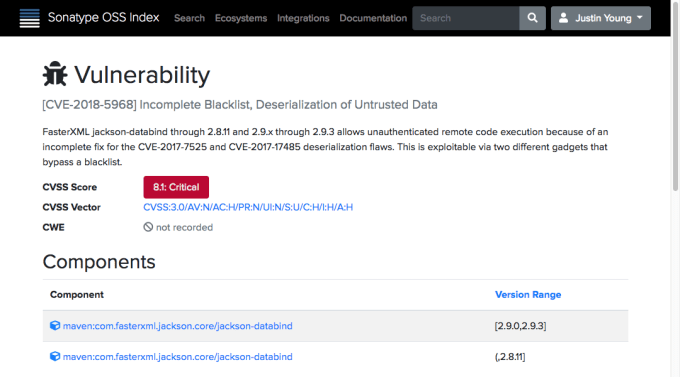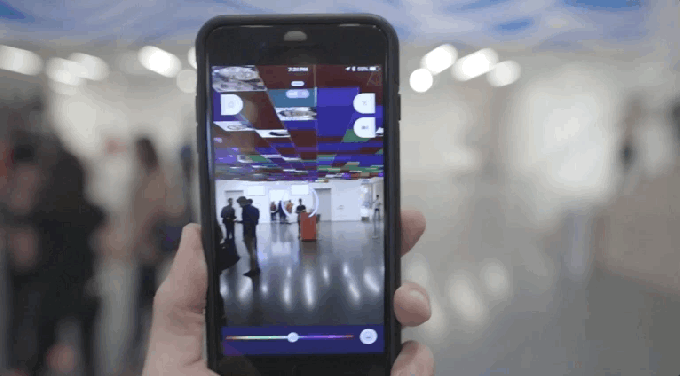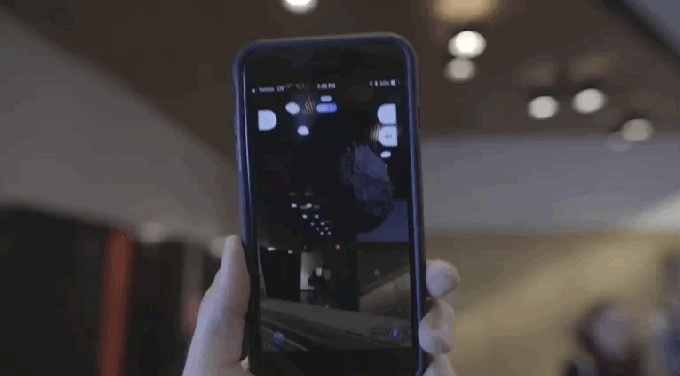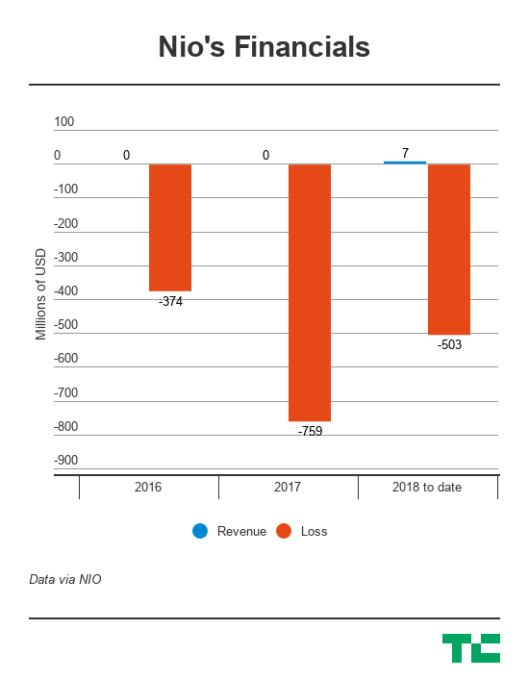At a Samsung event last week, Tyler “Ninja” Blevins explained why he doesn’t stream with female gamers.
“If I have one conversation with one female streamer where we’re playing with one another, and even if there’s a hint of flirting, that is going to be taken and going to be put on every single video and be clickbait forever,” said Ninja, who is married, in an interview with Polygon.
As you might expect, this stance was met with plenty of backlash.
Ninja then doubled down on his stance, clarifying that it comes down to an issue of online harassment.
Please read. pic.twitter.com/egfplBQFYD
— Ninja (@Ninja) August 13, 2018
First and foremost, everyone has the prerogative to make decisions for their own personal life. If Ninja believes that the online harassment suffered (by just about any internet celebrity) is too much for him and his family to deal with, and that playing with women will exacerbate that harassment, then that is his choice.
The problem is that it goes against his usual stance of taking responsibility for his position as a role model.
As Kotaku aptly points out, Ninja has made real moves toward being a role model for his 10 million+ Twitch followers, from cutting down on cursing on stream to giving to charity and other important causes. In fact, Ninja sees his commitment to charities and his role as an activist as one of the most amazing things he’s done in his life.
And he’s well aware of his influence. He often “raids” less popular Twitch streamers’ channels, including some women, to give them exposure.
So why be a role model who doesn’t include women?
Yes, being a celebrity comes with an inordinate amount of online harassment. And that sucks. But it also comes with a level of responsibility. Not everyone has the platform to make an actual difference in this world. And when our Vice President, and other influencers, have decided that being alone in the same room (virtual or otherwise) with women opens them up to too much vulnerability, they make it that much harder for women to achieve the same influence.
Remember, gaming is about as extreme a culture as a woman can find herself in. Not only are women excluded in this male-dominated community, but they’re often sexually and verbally harassed, which isn’t helped much by the fact that games themselves portray women as props moreso than protagonists.
Ninja is the most influential gamer of our generation, the likes of which have never been seen before. The success of female streamers and gamers surely isn’t reliant on him. But he could very well change the hearts and minds of a generation of young men who may stop thinking of women as less, and might start thinking of them as equals.

